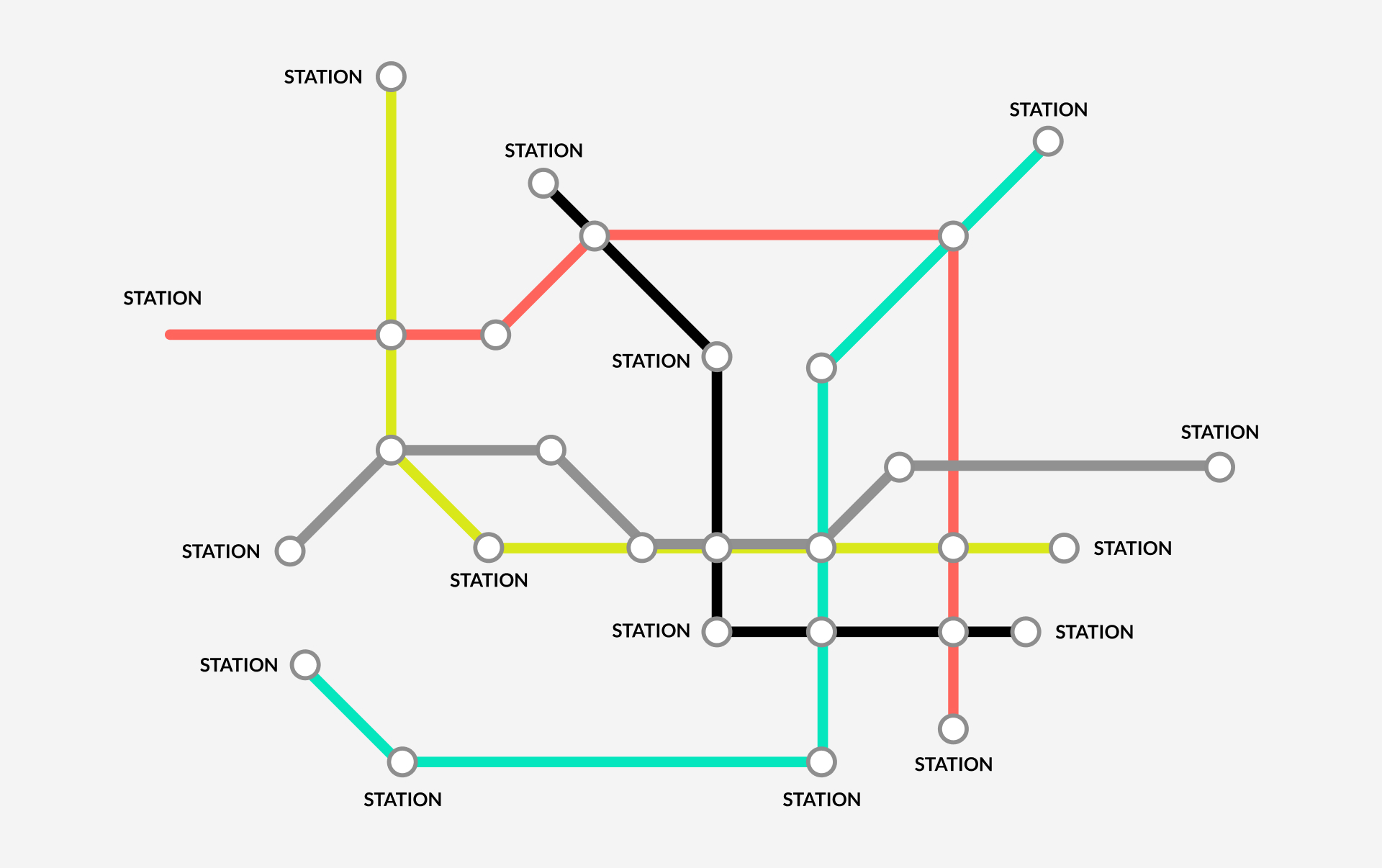Today, I have joined our daily meeting from my mobile because I had my mom over, and I didn’t want to burden her with the intricacies of Trueplay’s marketing activities. After a while, I decided to switch to my laptop. Before the latest Google Meet update, one had to leave and rejoin the meeting from another device. Luckily, not anymore. I pressed a button, and voilà — looking at everyone on a bigger screen. Very quick, very efficient.
https://www.tiktok.com/@chiefgreenscreens/video/7364125953850608938
Thank you, Google, for adhering to the principle of omnichannel customer experience (CX). Using the video communication service both on the go and from my laptop without friction was nice.
This introduction wasn’t random; this blog post will be about the omnichannel player experience in iGaming. We’ll break down the definition of the omnichannel CX, understand how it differs from the multichannel approach, and discuss the features of a successful omnichannel player experience. Additionally, we outline three steps to implementing this strategy.
Omnichannel customer experience (CX) refers to a strategy where a business allows a client to engage with it through various touchpoints and channels and receive a consistent and cohesive experience regardless of the means they choose.

A touchpoint is an interaction between a customer and a business at any stage, be it seeing a casino ad on an affiliate website, making a repeat purchase, or sharing feedback about a brand.
A (marketing) channel is the medium through which this communication happens, for example:
The same touchpoint can occur across multiple channels. For example, a player can deposit funds via the website or the mobile app.

Multichannel entails managing multiple means of interaction with a business, but these channels operate independently. Communication on one channel doesn’t carry over to another.
Imagine a scenario where a player clicks on a casino website banner to get a no-deposit bonus in exchange for referring a friend. The following day, they receive an SMS with the same offer. It’s okay if an iGaming brand intends to show the offer twice, but if not, users might become frustrated about the error if they try to use the opportunity for the second time.
Omnichannel aims to provide a unified, connected, and consistent experience and messaging across all channels and touchpoints.
Interaction between players and casino platforms involves messaging/communication, gameplay, and reward accruals. We’ll explore the components of a successful omnichannel experience, focusing on these aspects.
Consistency is one of five characteristics of the omnichannel user experience, according to UX experts from Nielsen Norman. So, when done right, such client-business engagement is consistent, optimized for context, seamless, orchestrated, and collaborative. Let’s explore these features/attributes in more detail.
Consistency means that no matter what channel or device a user chooses, they encounter a familiar, predictable, and coherent experience that aligns with the brand’s identity and functionality. So, this component must apply to:
Example: Placing a bet, copying streamers’ bets, depositing funds, checking bonuses, or withdrawing winnings should have the same flow and be accessible on all devices.
“Consistent experiences create trust. While omnichannel and multichannel customer experience are related tactics, they aren’t the same. The key difference lies in the connection between channels.in the organization. Each interaction is part of the overall user experience with a company. If the user experience isn’t consistent across channels, users will question the organization’s credibility,” notes Kim Flaherty in a dedicated article.
The context of use includes several aspects:
Optimizing for context means designing each channel and device experience considering strengths, typical user tasks and their complexity, environment, and point in time.
Example: The admin panel of a streaming tool or a loyalty program may be available on desktop, given the various settings and statistics with which operators need to work. In contrast, tools like CopyStake are available to the end users on both mobile and desktop devices.
Flaherty gave such a concise definition of this trait that I have nothing to add here:
“Seamlessness is a quality of any cross-channel customer journey where the transitions (or handoffs) from one channel to the next involve zero or minimal overhead for the users. Basically, if you can pick up where you left off, the user experience will be seamless.”
My experience with Google Meet in the morning was indeed seamless.
Example: While commuting, a player was watching a streamer playing slots on their preferred platform on a mobile device. Once at home, they open the same broadcast on a tablet, so the session on the smartphone ends.
An orchestrated experience implies providing carefully designed user journeys where a brand anticipates player needs and coordinates interactions across channels to help them perform the intended tasks. To put it simply, don’t make the user seek what they need to do next. Tactfully present them a relevant course of action or a solution on a blue-edged platter, as my mom says.
There are three levels of orchestration: general-journey, large-segment, and granular-segment.
General-journey orchestration is perfect for straightforward, linear journeys. It doesn’t require historical or real-time user data and can therefore be implemented by every iGaming business.
Example: A newly registered player who hasn’t verified their account from a desktop via email gets an SMS within the next 24 hours suggesting they use Face ID on their smartphone to complete the action.
Large-segment orchestration entails personalizing the next interactions in the customer journey for user segments based on behavior data.
Level three, granular-segment orchestration, involves personalization: touchpoint suggestions for specific customer segments are adapted in real time based on the users’ contexts, goals, preferences, and behaviors.
Example: When a VIP customer hits a losing streak in blackjack, the system sends a bonus that represents 10% of the sum they’ve lost in the game. Next, the big spender sees a pop-up with a link to a deposit page asking if they want to top up their account to win back. The gamer may say “yes” or “no.”
Brands whose omnichannel experience includes this component allow users to accomplish a task using two devices at the same time. The Nielen specialists note that collaboration is a nice-to-have feature. Nevertheless, it can improve and simplify user journeys.
One use case of collaboration is offering users to log in to a service on a desktop or tablet by scanning a QR code with a phone camera. Ukrainian banking service Monobank provides such an option to business users, who mainly open the web app to pay salaries or taxes.
Stake lets users scan a QR code instead of entering a code from an authenticator app to set up two-factor authentication.
Understanding why, how, and when players interact with your platform is instrumental to delivering a flawless omnichannel experience. Research typically includes:
Brands with well-established data management strategies monitor brand-customer interactions under a microscope. Examples of data points you must have at hand are:
Data itself doesn’t bring any value, so having the right tools to capture, store, and manage it to easily and accurately analyze for actionable insights at scale is paramount.
Achieving a 360-degree view of a customer and relying on relevant data to
The bane for businesses aiming to provide a consistent CX across channels is siloed data. 43% of respondents to a 2024 Harvard Business Review Analytic Services report noted their organization struggles with disconnected and disparate data sources. As a result, businesses lack a holistic view; they can’t track how customers interact with their product or service across touchpoints and channels. Without that, maintaining and improving the omnichannel experiences for players is impossible.
To address this challenge, iGaming brands should invest in data infrastructure, namely customer data platforms (CDPs). Additionally, they need to collaborate with their channel partners — affiliates, publishers, and third-party software vendors to source up-to-date information on their audiences.


